Mechanical Stirrer
Overhead stirrer is suitable for mixture of high viscosity liquid or solid-liquid. Widely used in chemical synthesis, pharmaceutical, physical and chemical analysis, petrochemical, cosmetics, health care, food, biotechnology and other fields.
Characteristics:
. Brushless DC motor drive, low noise and maintenance free.
. Stainless steel head restraints, more durable
. Stirrer with digital type has three kinds of rotation mode as positive rotation, inversion, reciprocal and mutual conversion.
Report Abuse
Shipping Details
Based on 0 reviews
Be the first to review “Mechanical Stirrer”
You must be logged in to post a review.
Vendor Information
- Store Name: ATLANTIC Scientific and Research Supply
- Vendor: ATLANTIC Scientific and Research Suply
- No ratings found yet!
-
Health & Medical
Laminar air flow horizontal
Laminar Flow Cabinet – is used only for sample protection. Laminar Flow Cabinet is a work bench or similar enclosure, which creates a particle-free working environment by taking air through a filtration system and exhausting it across a work surface in a laminar or unidirectional air stream.
SKU: n/a -
Health & Medical
ECG Machine
Model number: ECG-903 (Three channel)
Three channel ECG with interpretive
Build in rechargeable Li battery
Chinese/English language
Simultaneous 12 leads
320X240 graphic LCD, 3.8 inch screen
Paper size: 63mmX20/30m
Built in RS232 interface (USB is optional)
128 patients save/copy/communicationSKU: n/a -
-
Health & Medical
Vernier caliper
Manufactured from hardened stainless steel with dual reading in Imperial to 0.001in and in Metric to 0.02mm. The universal four-way measurement facility enables reading in External, Internal, Depth and Step modes.
The sliding thumb lock feature easily allows quick and precise measurements to be taken.
The satin finished scales and beam ensure fast, easy and accurate readings.
A strong plastic storage case provides a secure home for this precision instrumentSize 150mm / 6in
SKU: n/a -
Health & Medical
Microscopes Compound
The high-performance compound microscope for every laboratory with fixed, pre-centred Koehler illumination.
The KERN OBF and OBL models are excellent, stable laboratory microscopes for all common routine applications
Through the simple Köhler lighting, the adjustable field diaphragm and a pre-centred and height-adjustable Abbe condenser with adjustable aperture diaphragm, these microscopes produce superb images in both the light and dark field
As standard, these microscopes, depending on the model, are fitted with wide-field eyepieces, achromatic, planachromatic or infinitely corrected E-Plan lenses
These binocular microscopes are fitted with a dioptre compensation
A trinocular head is available as an option, so that you can connect a camera
A revolving unit for up to 4 lenses and a large specimen stage are included with delivery as standard
The following optional accessory items are available: Various eyepieces, lenses, a complete polarisation kit, a phase-contrast unit as well as complete HBO and LED fluorescence kits etc.
The light is provided by a 20 Watt halogen lighting unit or by a 3 Watt LED version as an alternative
A central feature of this adaptable, robust microscope range is the stable mechanism which can be adjusted preciselySKU: n/a -
Health & Medical
Glass Made Water Distillation Unit or Distilled water Machine
Water Distillation Unit – LABOID – 400M models are designed for reliable continuous operation incorporating a host of features unmatched by comparable stills. It is easy to use, safe to operate, thoroughly reliable and above all Low Cost.
Features of this Plant
Abundant Output. The still provides, 4 Liter/hr of distilled water produced through a power input of 3KW by a chromium-plated heater housed in a horizontal Glass Boiler
The distilled output is cool ensured by a high-efficiency condenser. The temperature of distillate 25o C – 40o C tested for an ambient room temperature of 30o C.
All units carry Marking.SKU: n/a



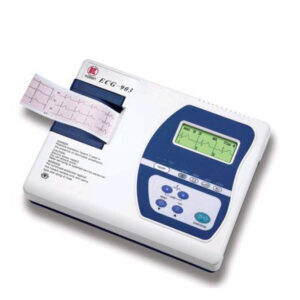
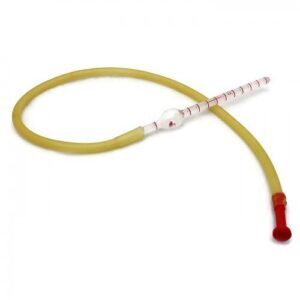

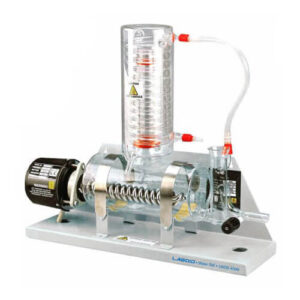
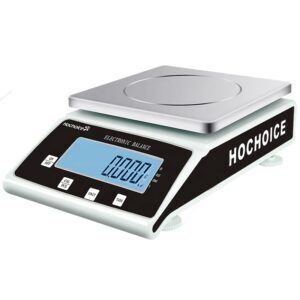
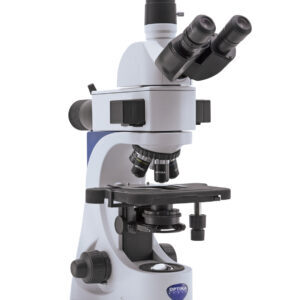
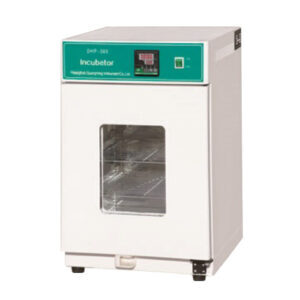
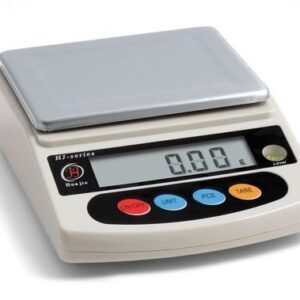
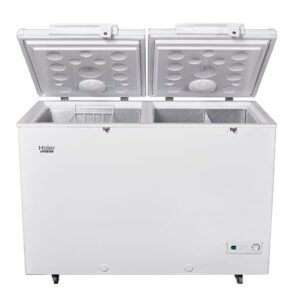
There are no reviews yet.